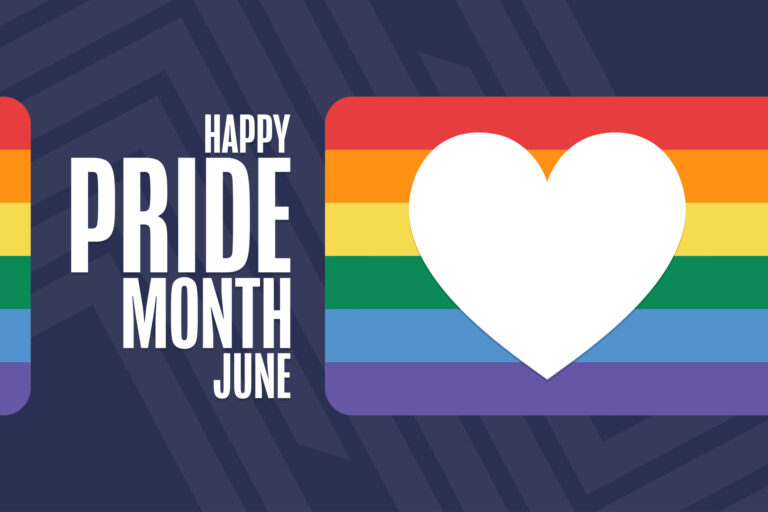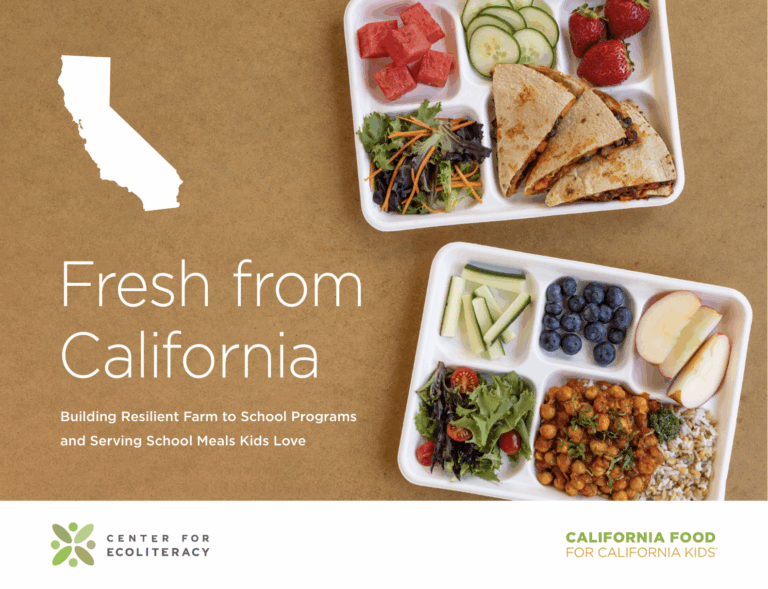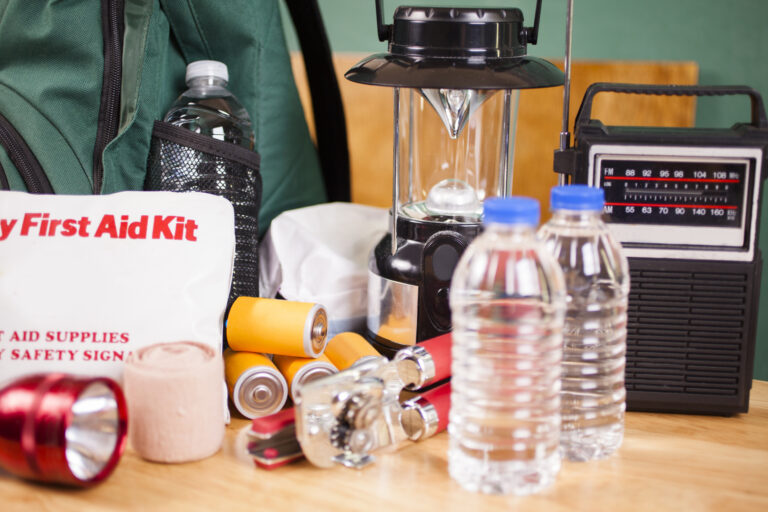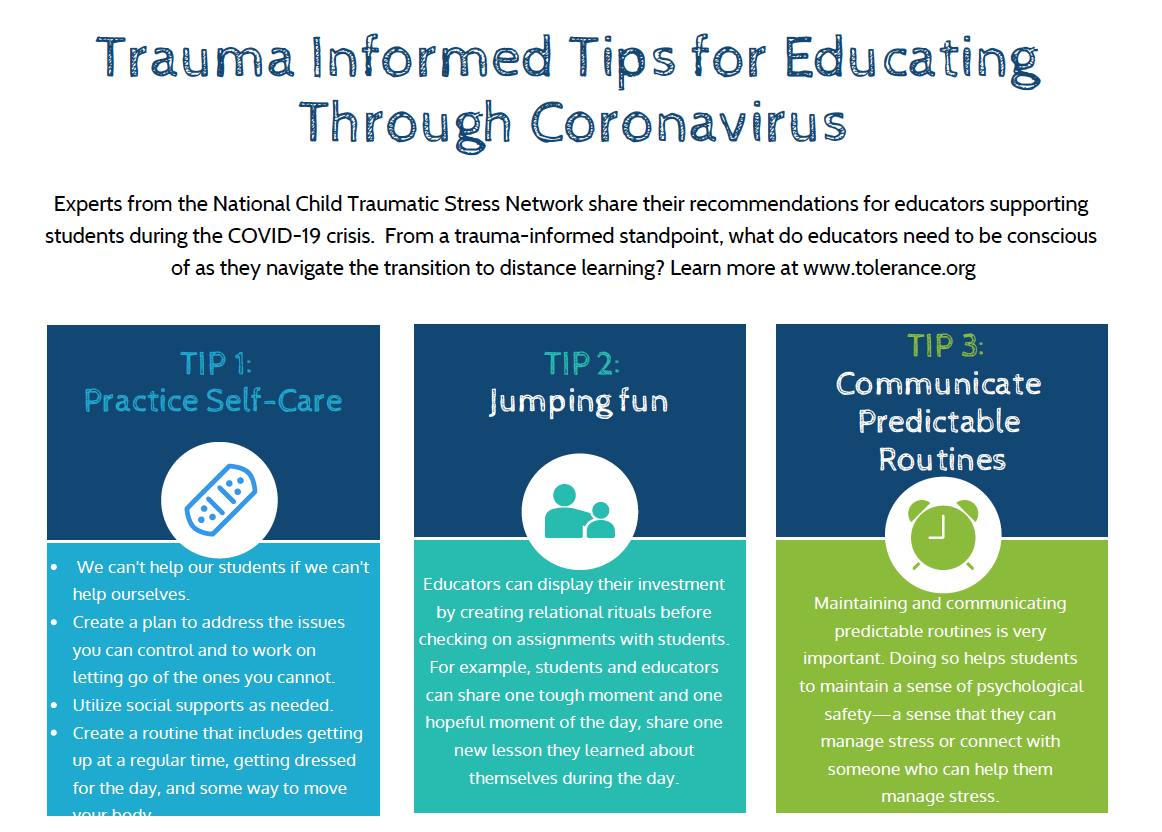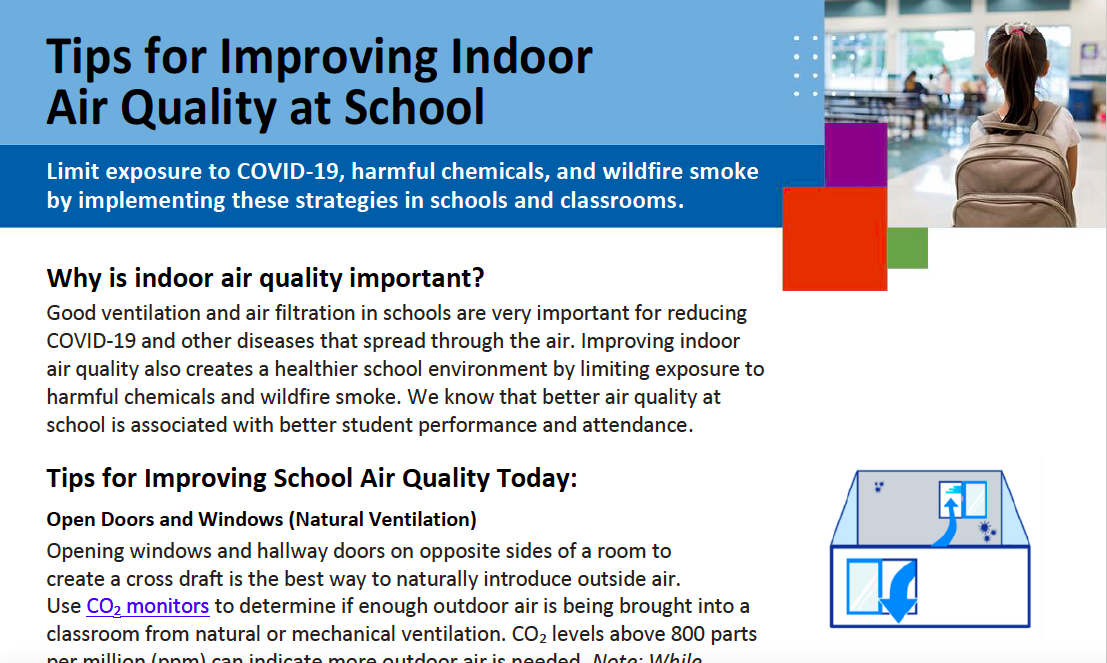
You’ve done your research, implemented a transformational program and you’re seeing results. It’s time to share that knowledge with your fellow school leaders at a professional development conference.
“Presenting at a conference offers both personal and professional rewards,” said Dr. Eveline Huh, who has presented multiple times at Leadership Summit and other conferences inside and outside of ACSA. “Sharing your experiences — whether successes or challenges — provides a sense of validation for the work you’ve done and allows you to contribute valuable insights to others in the field.”
ACSA hosts seven statewide conferences that solicit proposals for presentations:
- Every Child Counts Symposium
- Classified Educational Leaders Institute
- Equity Institute
- Lead With Pride Summit
- Women in School Leadership Forum
- Personnel & Negotiations Symposium
- Leadership Summit
A “call for proposals” typically goes out four to six months prior to smaller conferences and six to eight months before larger conferences, said Elaine Cervantez, ACSA’s director of events and operations. Members can watch for alerts via e-mail, social media and in EdCal for when proposals are being accepted. (Or check the links for each conference above. If registration is open, you will see a “Register Now” button that will take you to the conference webpage for more information on how to submit a proposal.)
Proposals are submitted via an online form, where prospective presenters can upload their bio and headshot, information about co-presenters and their presentation proposal.
The planning committees for each conference then reviews the submissions and invites the presenters with the best and most relevant proposals to present at the conference.
“When reviewing proposals, I look for those who are ACSA members, who have content that is connected to the theme, and relevant, and they are sharing an approach that may be helpful to others,” said Dr. Kimberly Hendricks-Brown, who has served on four planning committees and will serve as chair for ACSA’s 2025 Leadership Summit planning committee. “Many times the good things that are happening within your district can be a model for other districts that have similar demographics, programs, or needs.”
So how do you craft a winning proposal? ACSA asked planning committee members from some of its conferences for their advice.
Make sure it’s relevant.
Although it’s not required, planning committee members encouraged presenters to incorporate the theme of the conference to increase the chances of their proposal being chosen. For instance, the 2024 Leadership Summit theme was “Together We Shine: Nurturing Health, Hearts, and Minds,” which inspired many presenters to focus on topics related to the health and well-being of educators. Many also incorporated the word “shine” into the title of their presentations.
Pay attention to the learning “strands” that are identified in the call for proposals instructions. These strands are identified by the planning committee to help guide presenters on the specific topics school leaders need to know about right now.
Be aware of your audience — each conference caters to different job categories — and provide actionable insights that can help support attendees in their roles.
“A strong proposal addresses current issues, trends, and challenges in education,” Huh said. “Leaders seek innovative ideas and practical strategies that can be immediately implemented in their schools or districts.”
Have a focused learning goal.
Planning committee members want to hear what attendees will walk away with after attending the session. Outline clear and comprehensive goals for the presentation — but be realistic.
“Don’t submit a proposal that seems like it would take more than the allotted time to present — focus your proposal,” said Steven Bailey, who has served on planning committees for CEL Institute and Lead With Pride Summit.
Presenters are encouraged to share how their presentation aligns with the California Professional Standards for Education Leaders and Education Code.
Also, steer clear of trying to “sell” your program — sales pitches are not allowed.
Include your expertise.
Defining the “what” of a presentation is crucial, but so is the “who.”
“Also important is the presenter’s background and experience, both professionally and personally,” said Michael Tapia, who has served on ACSA’s Lead With Pride planning committee. “Limited experience in the field, especially related to the topic, is a big negative.”
Be sure to include relevant work experience, such as positions held, but also professional accomplishments. If you are presenting on attendance strategies and recently reduced chronic absenteeism at your school site by 50 percent, say so — it will show that your approach works.
“Credibility is essential,” Huh said. “The presenter should have relevant experience and a strong understanding of the topic, ensuring that the insights shared are practical, well-informed, and grounded in real-world application.”
Make it engaging.
Be sure your proposal describes how you will make your presentation more than just a “sit and get.”
“A great session goes beyond a traditional lecture format. Just as students benefit from active learning, adult learners need opportunities to engage with the content,” Huh said. “Interactive discussions, question-and-answer segments, and diverse presentation methods enhance participant engagement and retention.”
Tapia suggests presenters ask themselves the following questions:
- Does it incorporate relevant and engaging text, graphics, and video clips?
- Does it allow for audience questions and/or other forms of audience participation?
- Does it provide ways for the participants to access additional information on the topic once the presentation is over?
- Does it include ways to communicate with the presenter if participants wish to continue learning more?
Make it uniquely you.
ACSA often receives more proposals than there are available time slots at each conference. “Oversaturation” of a particular topic may lead organizers to prioritize variety so that attendees have a broader selection of topics to explore.
That’s why potential presenters should be creative with their topics.
“When reviewing proposals, I look for a ‘new’ proposal, not something that is a package or that is generic,” said Bailey. “I look for a presenter who is intimately familiar with the topic and appears excited to contribute to the conference.”
Planning committee members also suggested collaborating with co-presenters that can add diverse voices and bring a well-rounded perspective to the subject. And don’t be afraid to get personal — many attendees say they benefit from hearing about the personal journeys of their fellow school administrators.
“Please be sure to tell your story — the why, what, when and how,” Hendricks-Brown said.







